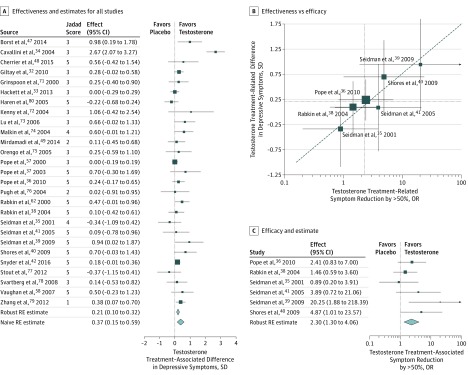Figure 2. Forest Plots of Treatment Effectiveness and Efficacy.
A, Effectiveness of testosterone treatment in each respective study and their meta-analytical estimates. The naive estimate is based on an analysis set including the outlying study; the robust estimate is based on analysis excluding the outlying study.34 The dotted vertical line signifies the “no efficacy of testosterone treatment” scenario. Square data markers indicate study effects, and their size indicates relative sample size. Error bars indicate 95% CI. Diamond data markers indicate meta-analytical effect estimates. B, Relation between testosterone treatment effectiveness and testosterone treatment efficacy, estimated by Bayesian errors-in-variables modeling. The dashed line indicates the estimated correspondence line of the efficacy and effectiveness outcomes. The vertical dotted line indicates the (robust) meta-analytical effect estimate for efficacy, and the horizontal dotted line indicates the meta-analytical effect estimate for effectiveness. The size of data markers indicates the sample size of each study. C, Efficacy of testosterone treatment (as odds ratios [ORs]) in each respective study and their meta-analytical estimates. In all panels, positive estimates represent depression-alleviating effects of testosterone treatment compared with placebo. RE indicates random effects.

